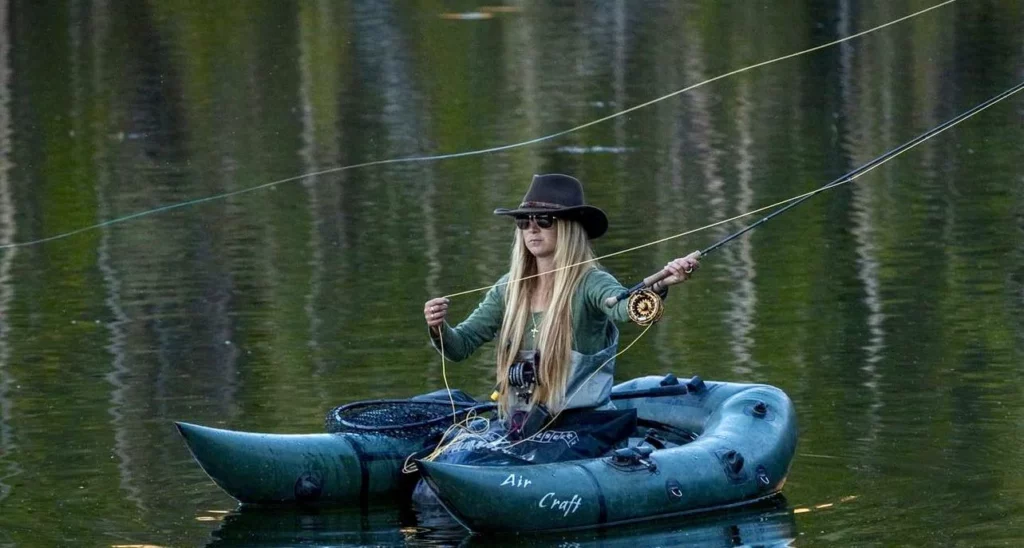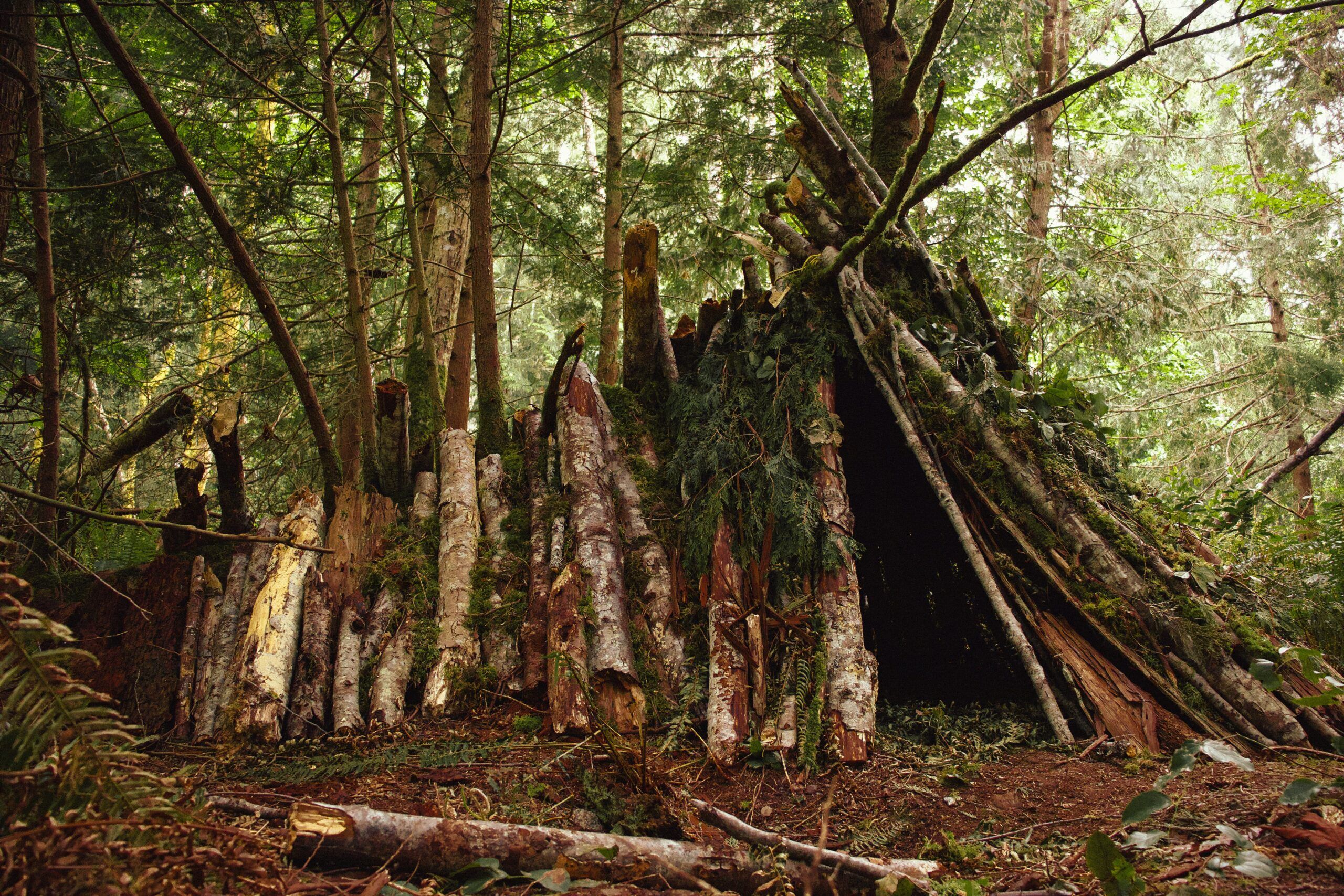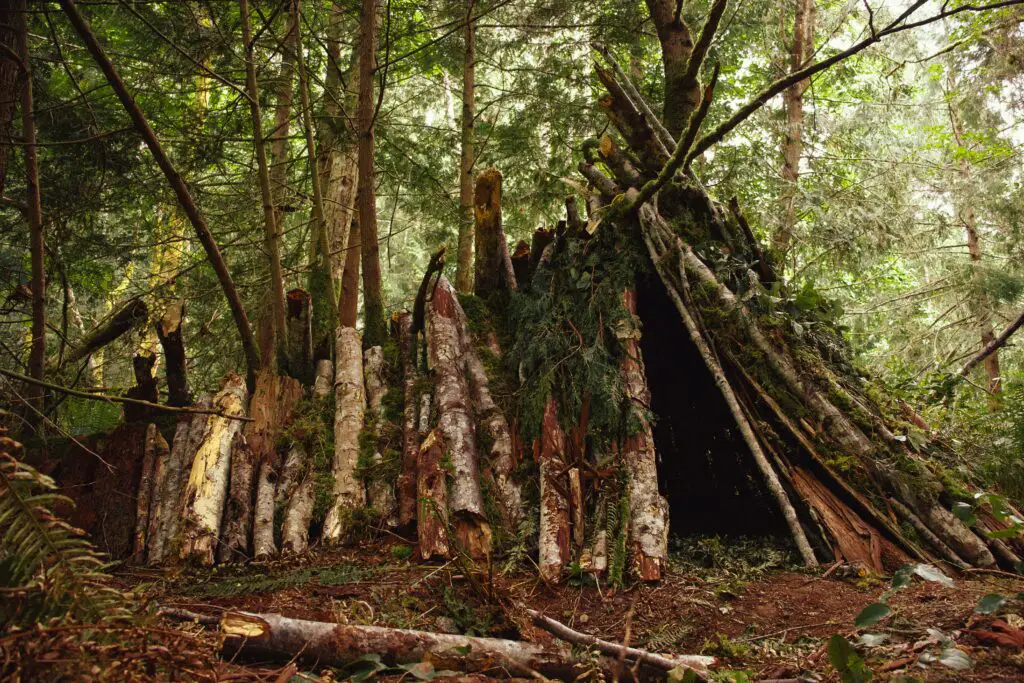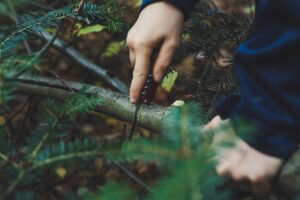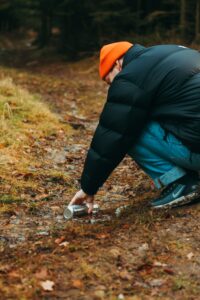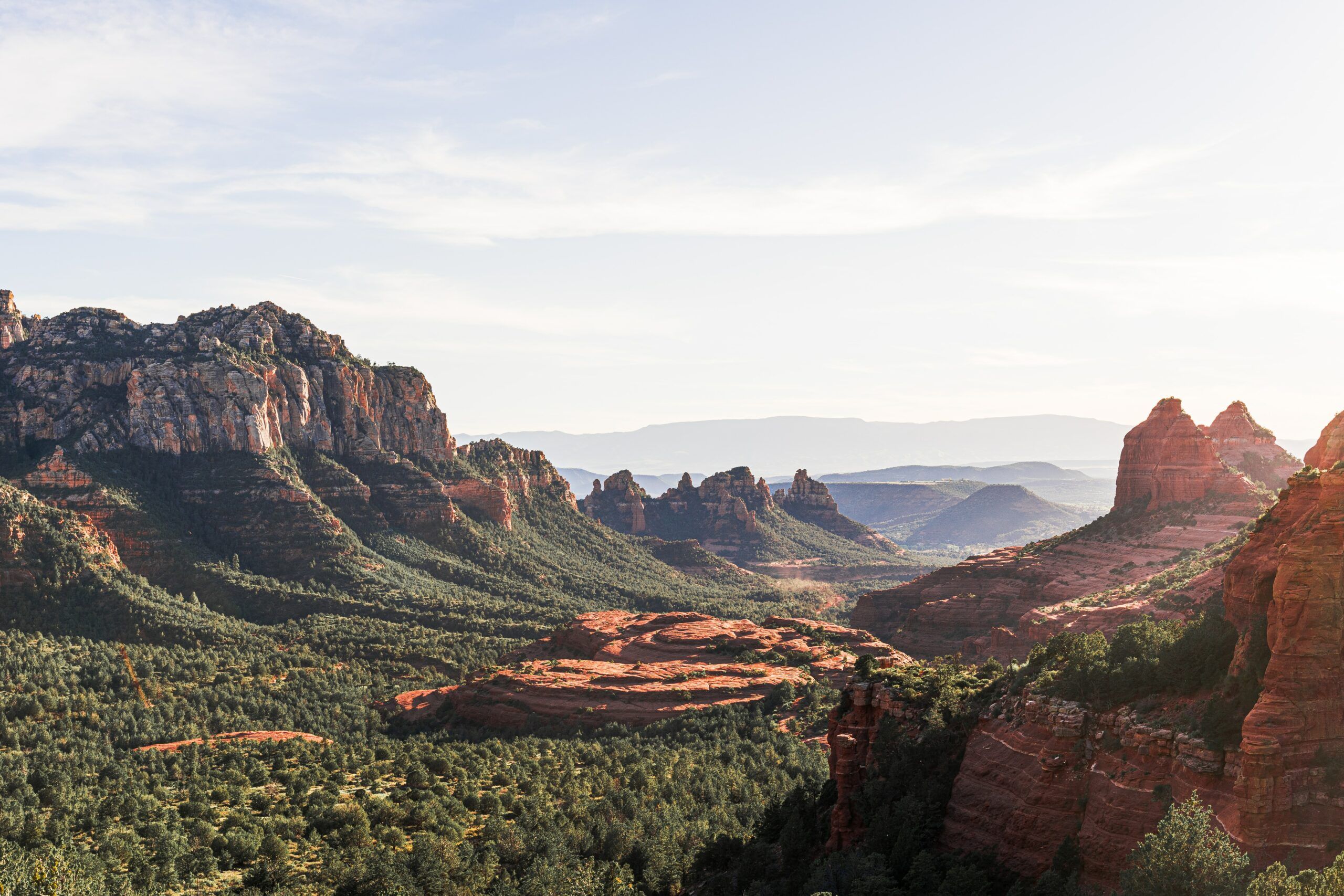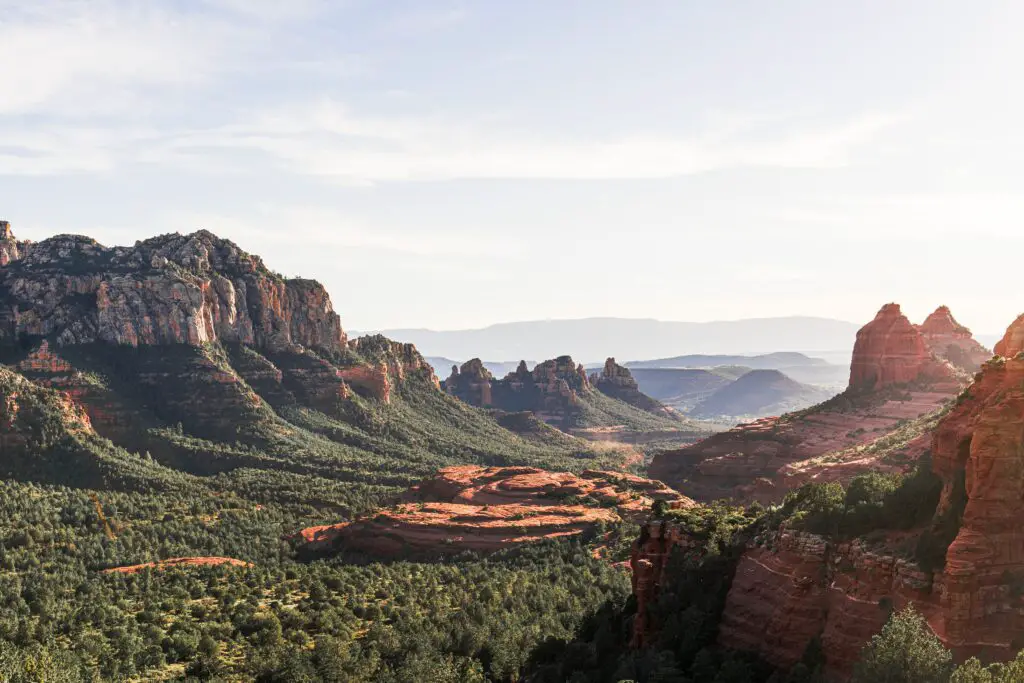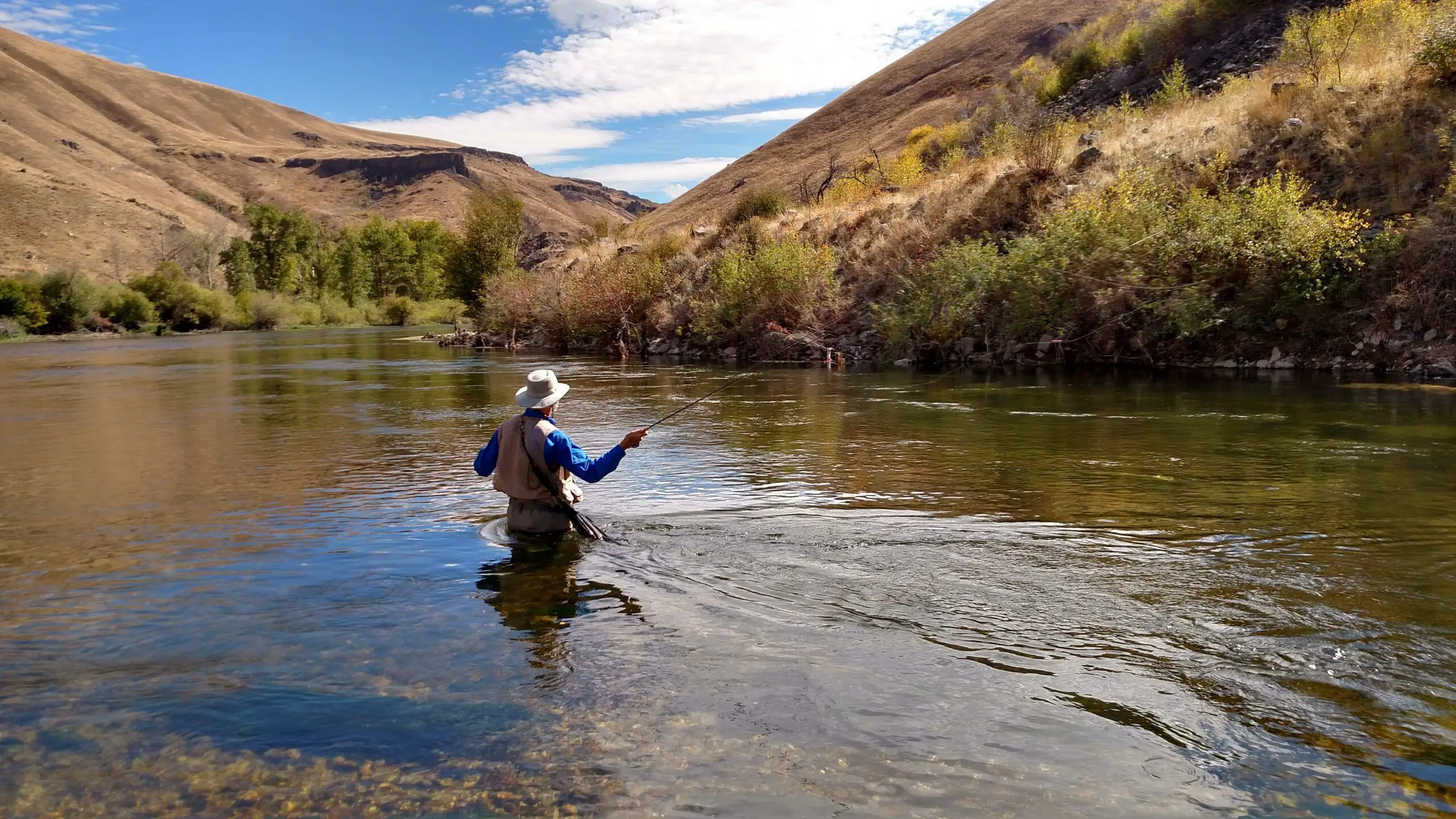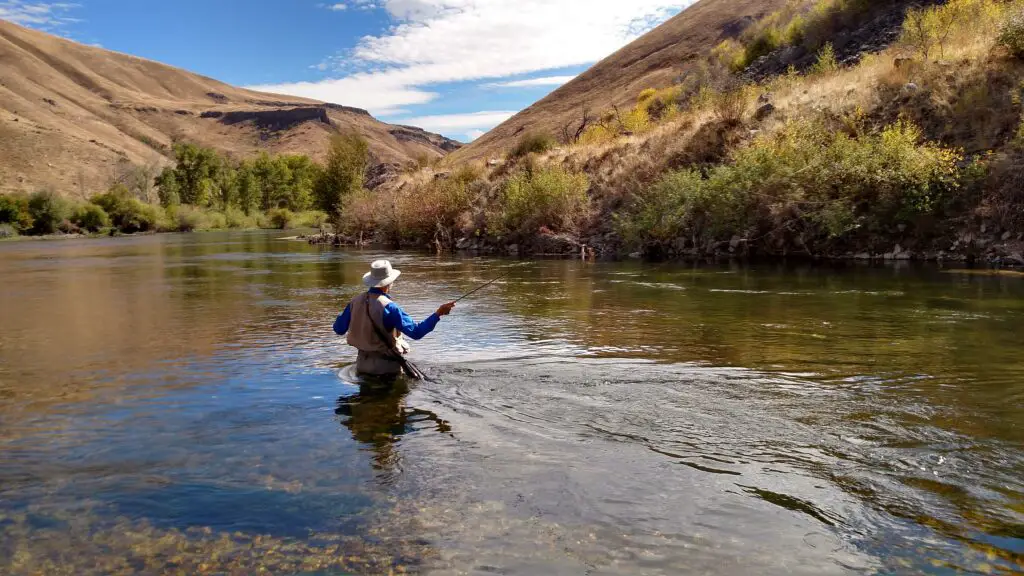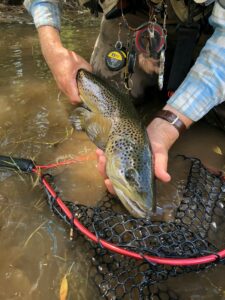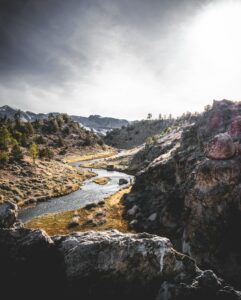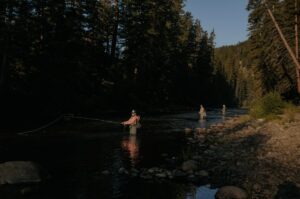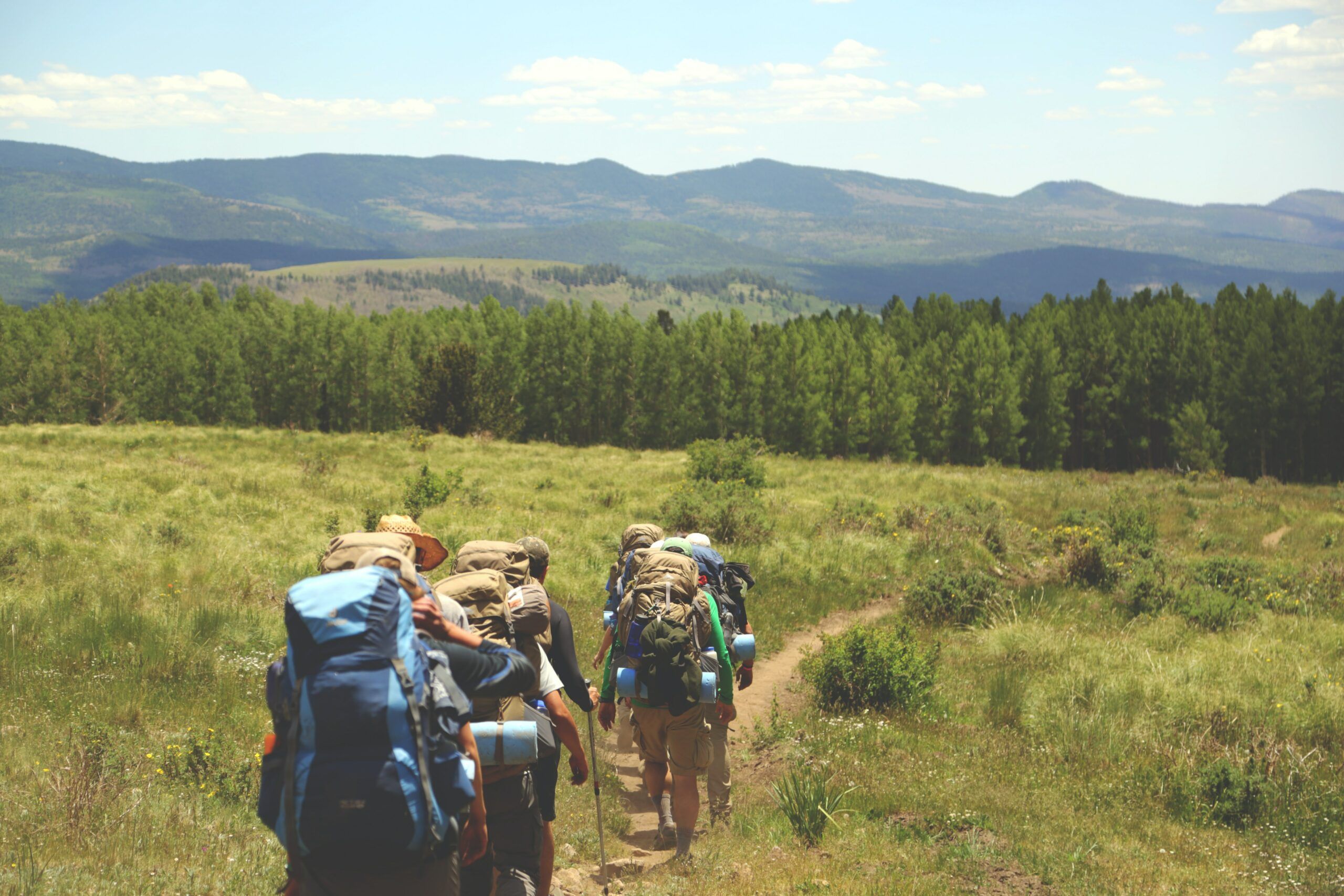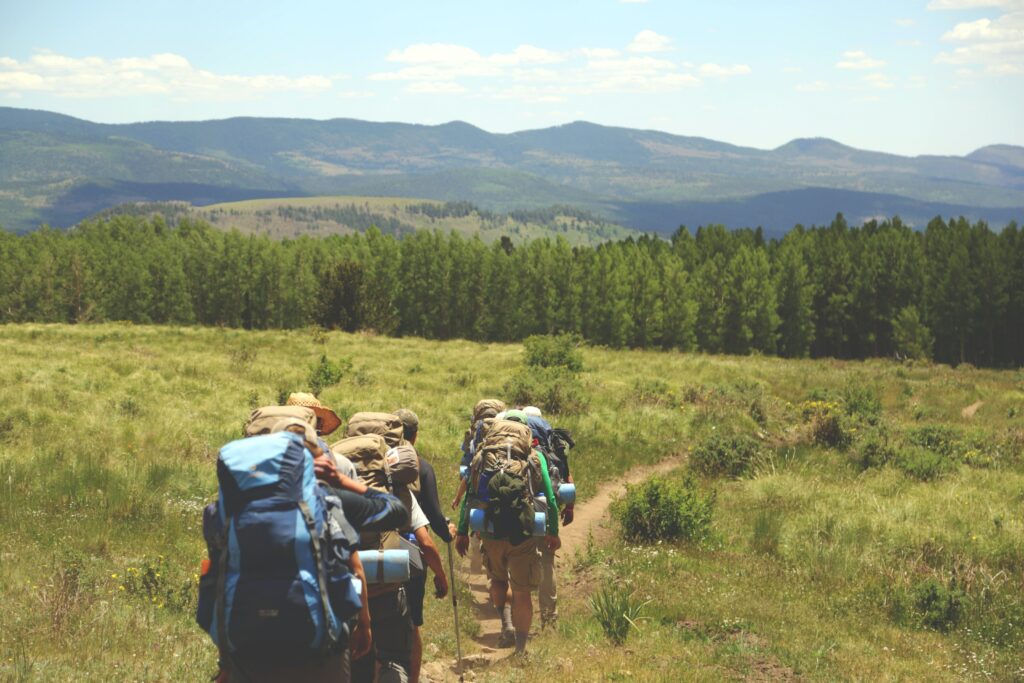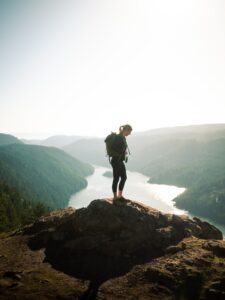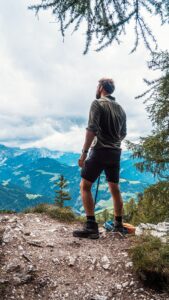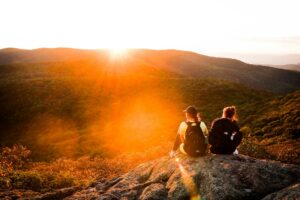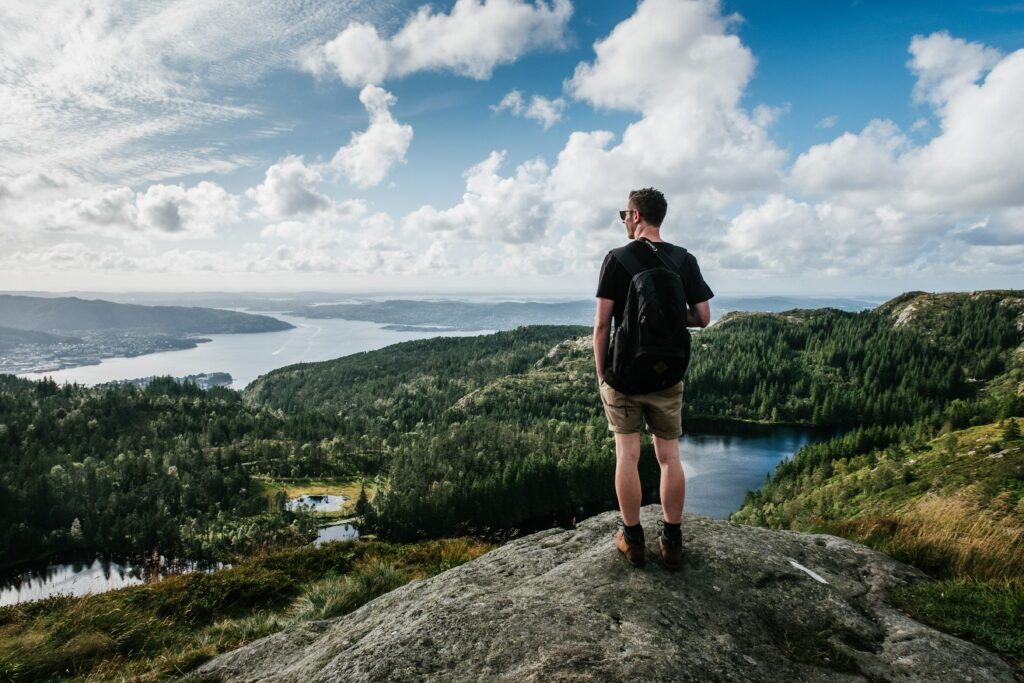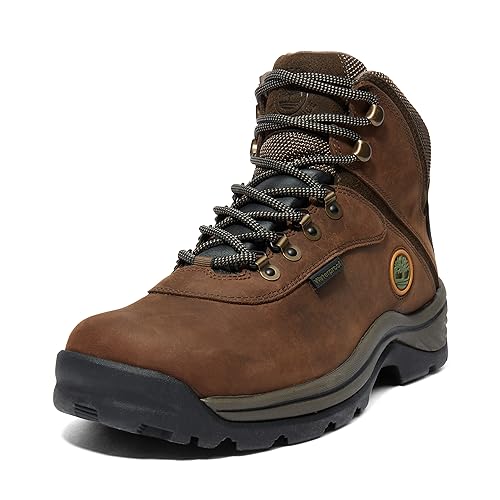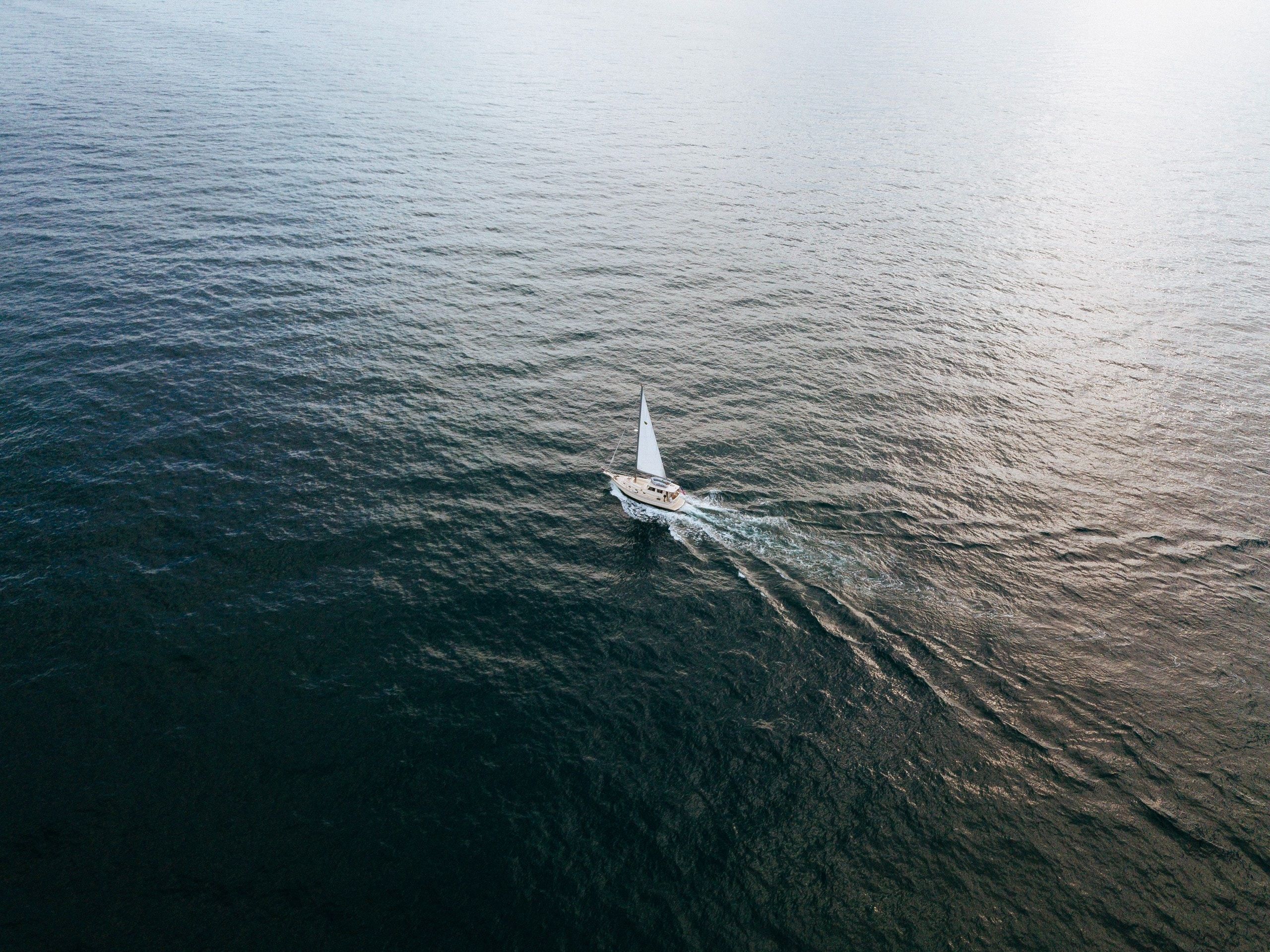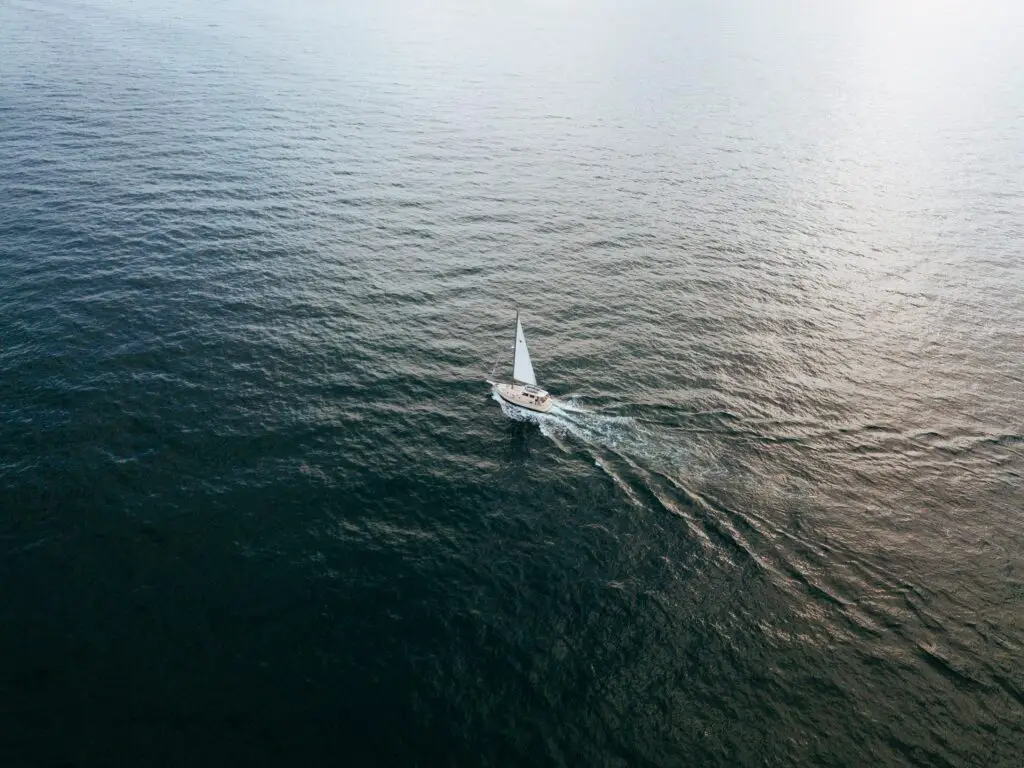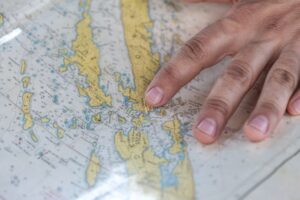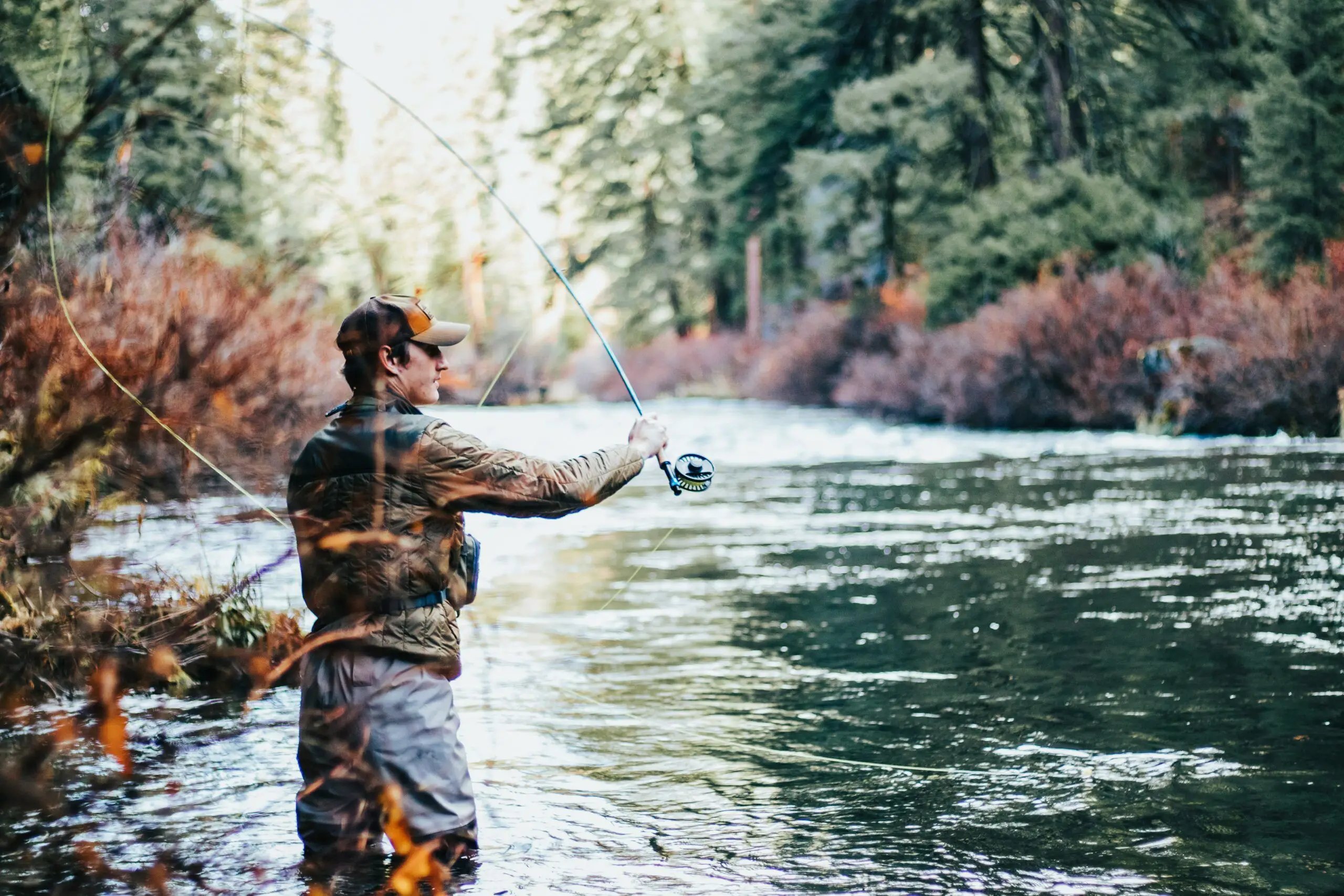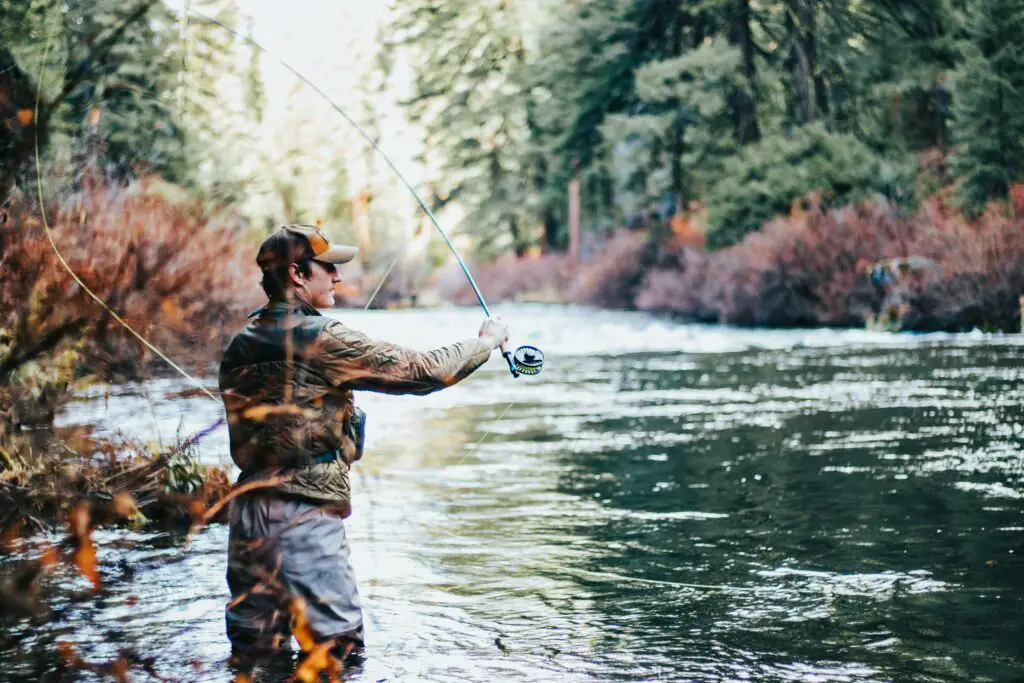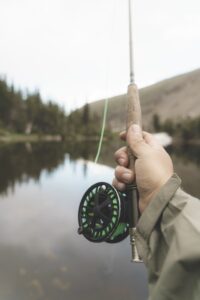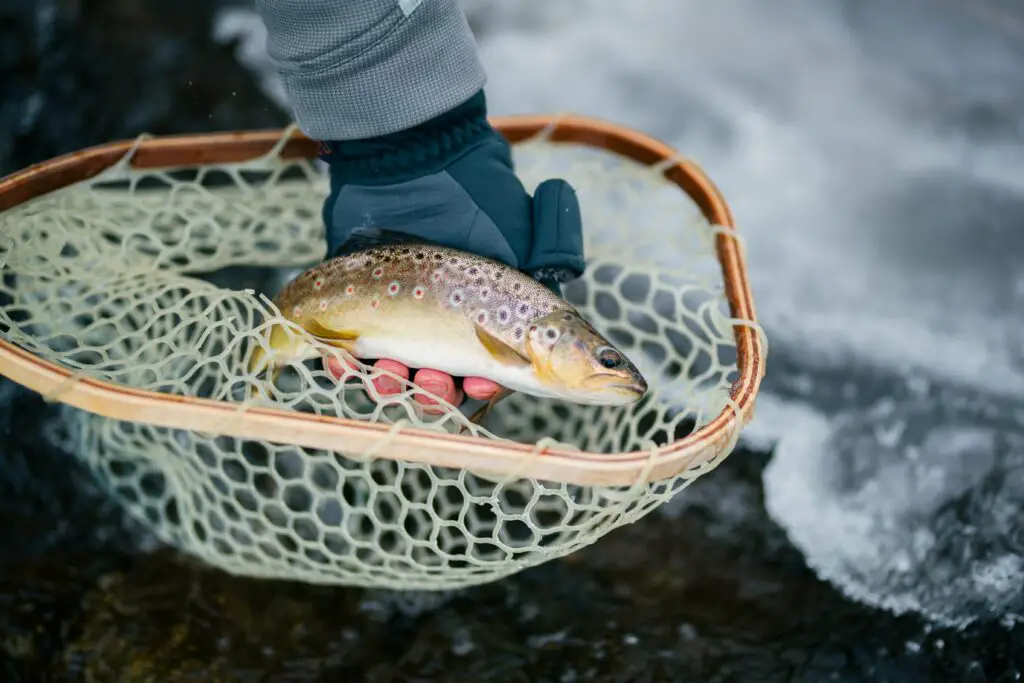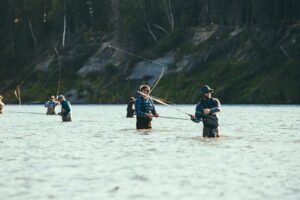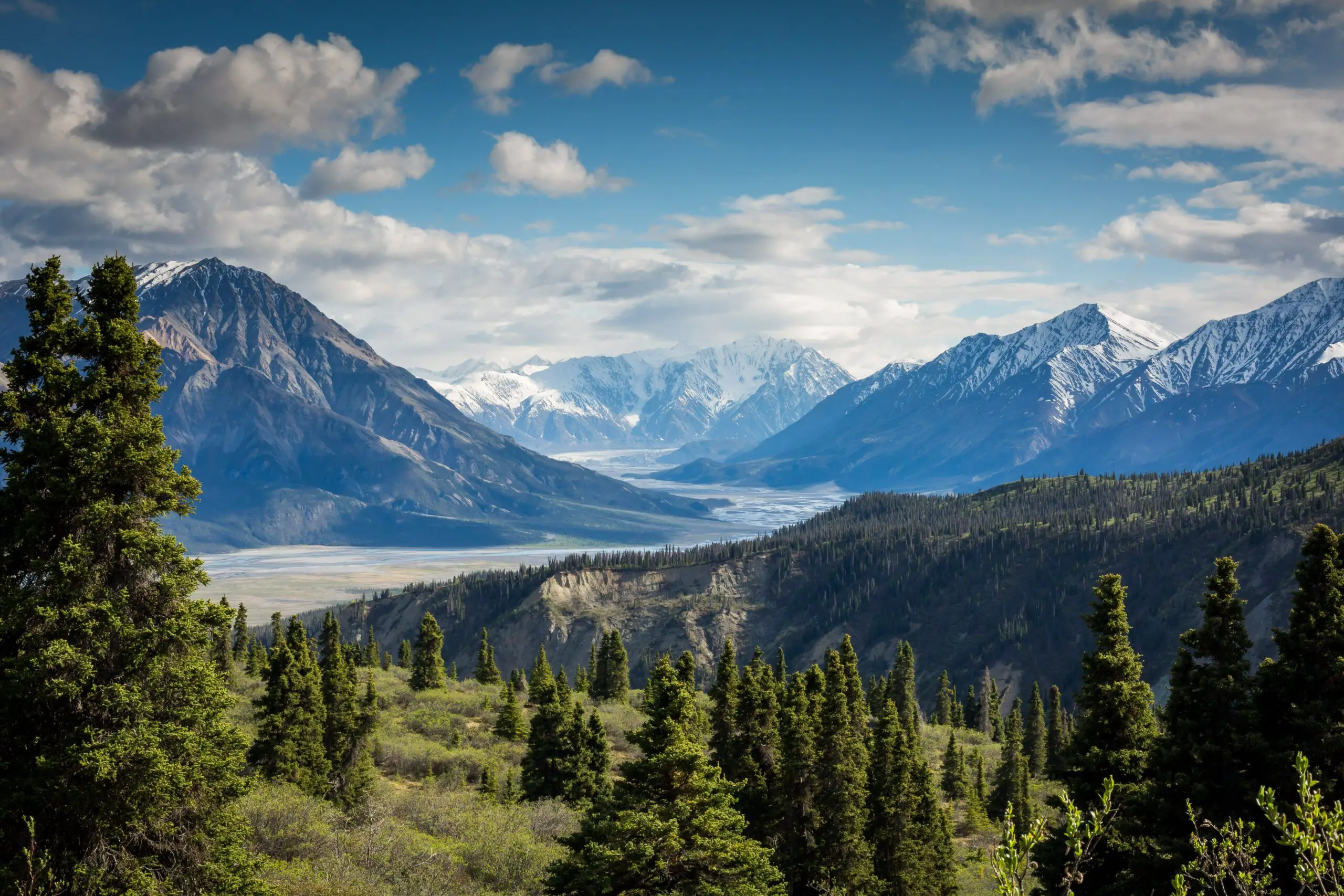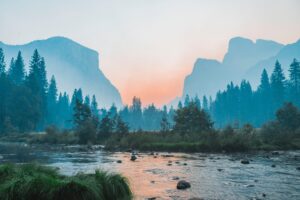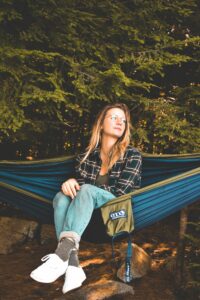Why Kayaking is So Much Fun: Exploring the Joy and Thrill of Paddling on the Water
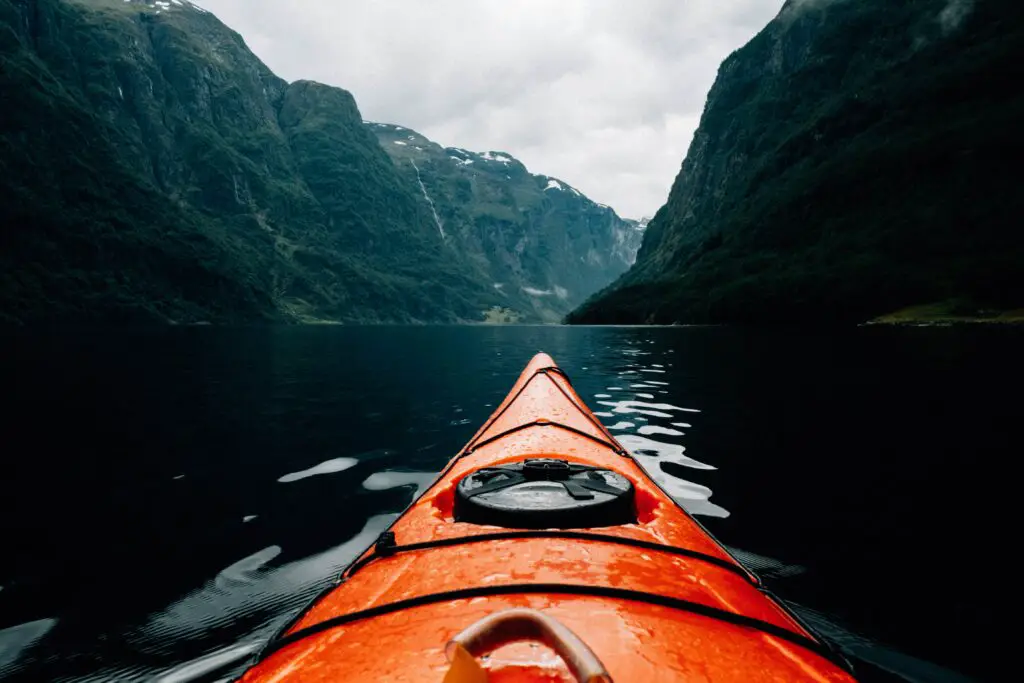
Spending time out on the water is always a privilege. Whether it’s ocean, lakes, or rivers, there’s something truly special about having the chance to explore bodies of water. Kayaking is one of the most popular ways people enjoy time on the water, and for good reason. Kayaking is just plain fun. Paddling across the water in your own personal watercraft provides a unique sense of freedom and enjoyment. It’s easier than paddleboarding and gets you closer to the water than a boat.
If you’ve never had the opportunity to get out in a kayak, you may wonder what all the fuss is about. Why is kayaking fun? In this article, we’ll list just a few of the many reasons why kayaking is so much fun. Hopefully, by the end, you’ll be ready to hop into your own kayak, head off into the sunset, and experience the joy and thrills of kayaking for yourself. And to help out, at the end of this article, we have some links to kayak gear to help you get started.
So grab your paddle and let’s dive into the world of kayaking!
Why Kayaking is So Much Fun
Reason #1: Kayaking is awesome exercise
For most of us, going to the gym isn’t very much fun. We know we need the exercise, but staring at walls while running on a treadmill isn’t exactly something we’re pining for. Exercise is SO much more fun when we get to do something we enjoy. Throw in the outdoors and suddenly, we’re stoked to get sweaty.
Kayaking is exactly that – outdoor exploration with exercise thrown in as a bonus. Paddling to propel your kayak across the water is so much fun and it’s great exercise! Paddling increases your heart rate making for a great cardiovascular workout that you are in complete control of. Find yourself breathing too hard? Slow it down. Looking to burn off those extra campfire pancakes you ate at breakfast? Paddle faster and harder. No matter how hard you choose to paddle, the human power will burn calories and improve your cardiovascular system.
And kayaking is not just great for your heart, it’s also great for your muscles, especially in your upper body and core. The physics of paddling a kayak centers on the moving of water. Move water with your paddle and your kayak moves in response. Moving water with your paddle requires using your muscles. According to Old Town Watercraft, kayaking works out twelve major muscle groups, including your abs, biceps, triceps, lats, shoulders, thighs, and hamstrings. It truly is a whole-body workout. And due to the repetitive actions of paddling, kayaking is a great way to develop arm, back, shoulder, and overall muscles.
Reason #2: Kayaking is good for your mental health
Let’s be honest – most of us are struggling. Just trying to survive in our post-pandemic, politically chaotic, and inflation-adjusted reality is tough. We try our best to look and act like everything is ok, but inside, things are a different story. We are in desperate need of more activities that help us relax, de-stress, and reconnect with ourselves.
Kayaking fits the mental health, self-care bill pretty well. Gliding across the surface of pristine bodies of water accompanied only by the sound of the water against our kayak is pretty great for your mental well-being. It’s amazing how the thought of all of the unread emails in our inbox fades away and is replaced by the wonder of what lies beyond the next cove when kayaking. It’s a simple activity that helps to simplify your mind and soul.
Solo kayaking has a special way of feeling like the ultimate freedom. You alone get to decide which way to go, where to explore, and and what speed it will be done at. The silence and the solitude of you and your kayak can be incredibly refreshing. Kayaking with a group of friends can be similarly rejuvenating. Working together with other kayakers to determine the agenda and to share stories along the way can be downright therapeutic.
Reason #3: Kayaking with others is always a good time
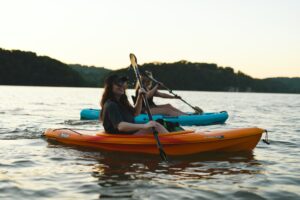
If you’re like me, you’re always looking for new and fun things to do with friends and family. Sure, we can always call the crew to grab beers at our local watering hole, but that is exactly what we always do. We can take the family on yet another trip to the movies, but sitting in silence for 2 hours isn’t exactly our idea of a great bonding opportunity.
Do you know what is a spectacular thing to do with friends or family? You guessed it – kayaking. Explore the local lake together. See where the river goes together. Paddle out through the breaking waves together – taking bets to see who is the first to dump their kayak. All these things are better done with others.
Kayaks come in all sizes from single kayaks to double kayaks with enough room for a cooler full of drinks. When sharing a double kayak, a big part of the challenge and interaction is working together to paddle the kayak efficiently. With everyone in their own kayak, competitions are sure to break out without a word. Either way, kayaking provides opportunities for bonding and shared experiences.
Reason #4: Kayaking is full of adventure
The sense of adventure is another big reason why kayaking is fun. Most of us encounter little adventure in our everyday lives. Pulling off a big presentation at work or finding a way to pay all of our bills can sometimes feel adventurous, but these fleeting touches of excitement pale in comparison to the true adventure that awaits us in nature. A kayak is the perfect vehicle to pursue adventure while exploring nature.
Leaving the city behind and escaping to the outdoors is an adventure in itself, but dropping your kayak in a mountain lake or flowing river is another level of excitement. No two days on the water are the same. No two bodies of water are identical. You can run a river into remote forests or explore a large mountain lake. How far can you travel in a day? Will you camp on the other side of the lake? Will you catch your own dinner from your kayak on the way?
Your kayak is your personal watercraft. Where will you go? What will you discover? What’s just around the next bend? What’s it like to go through the rapids? The beautiful thing about kayaking is that each of these questions can be answered by you and your kayak alone. The beauty of your surroundings and the eternal question of “what lies ahead” keep things interesting and exciting.
Reason #5: Kayaking immerses you in nature
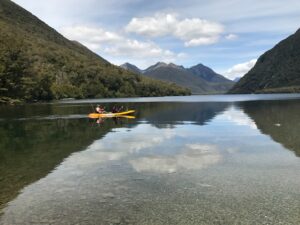
No matter where you kayak, you’ll find yourself immersed in nature. You’ll see various wildlife flocking to the water for a drink. You’ll feel the water beneath you. In most cases, your increased breathing rate from paddling will be met with fresh, clean air. On a kayak, you’re paddling with be aided by the currents of the river when paddling downstream. If you need to paddle upstream, you’ll come face to face with the power of the moving water against your efforts.
There are few better ways to experience nature than in a kayak. From the unique vantage point of the water, you’ll experience nature in its full effect surrounding you. Gliding over the water in your kayak, you’ll feel as though you could reach down and grab a fish straight from the water. Master of your own domain, you will choose which aspects of nature to focus in on. Whatever you choose, nature will be all around you – enveloping your experience.
Kayaking allows you to experience the environment in a unique and immersive way. You can feel the water under your paddle, hear the sounds of nature, and feel the wind on your face. This can provide a deep sense of connection to the natural world.
Reason #6: Kayaking offers special access
Being in a kayak affords some unique access to bodies of water that those without a boat just can’t get to. Encountering a gorgeous glacial mountain lake is breathtaking, but being able to examine its boundaries from the water is something else. The length of a river you can travel in a day exponentially increases when aided by the current.
Kayaks allow you to reach places others can’t and provide opportunities to search less-traveled areas easily. In your kayak – your personal water vehicle – you go where you want on the water without restriction. Fishing from your kayak in the middle of a lake will usually yield a better catch. And viewing the shoreline from the water is a different experience than on land.
In a kayak, scenic views abound. Bodies of water offer increased views of the sky and more of your surrounding can be enjoyed from the water. Being on a kayak is a privilege. It’s a ticket to experience what others can’t and to go where others don’t. This special access is a big part of why kayaking is fun.
Reason #7: Kayaking provides unique experiences on the water
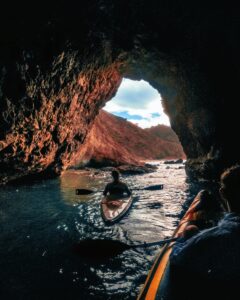
There is something uniquely satisfying about being on the water in a kayak. The freedom and access a kayak offers can’t be beaten and the thrill of propelling yourself through the water is pretty awesome. Kayaking offers a unique way to explore shorelines, lakes, and rivers. As kayaks sit lower in the water than traditional boats, you’ll feel as though you are in the water as you paddle. Being lightweight and easy to maneuver, kayaks let you do and go where you want without too much effort.
From cave kayaking to kayak fishing, the opportunities for incredible experiences on a kayak are countless. Meander around the boats in a marina. Paddle through surface vegetation on a crystal clear lake. Ride the whitewater of a raging river. Cruise through the surf to paddle alongside playful dolphins. Catch the big one from the depths of a glacial lake. Take a romantic kayak trip with your partner and watch the sunset from the water. Whatever your preferred water, kayaking offers a multitude of unique and enjoyable experiences.
The Bottom Line
Kayaking is so much fun for a variety of reasons, from physical fitness to access to nature and unique experiences on the water. Whether you’re a beginner or an experienced paddler, kayaking offers something for everyone. As a low-impact activity, paddling a kayak is a fun way for people of all activity levels to get some exercise. It offers thrills, scenic views, adventure, and special access to remote places.
So if you’re looking for a new adventure or a way to connect with nature, consider giving kayaking a try. With its many benefits and endless opportunities for exploration and adventure, kayaking is sure to provide amazing experiences for anyone who’s willing to paddle out and explore the water.
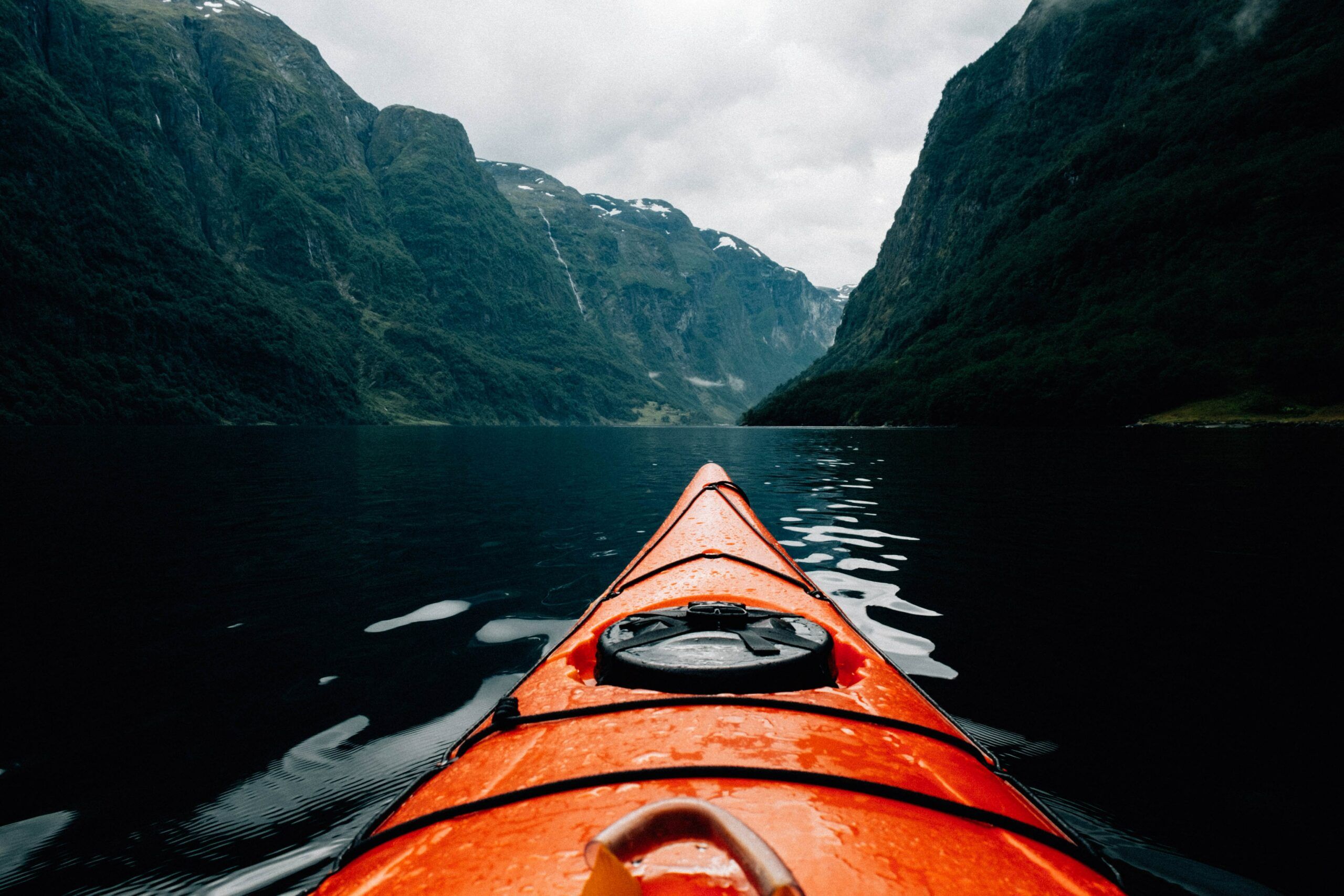




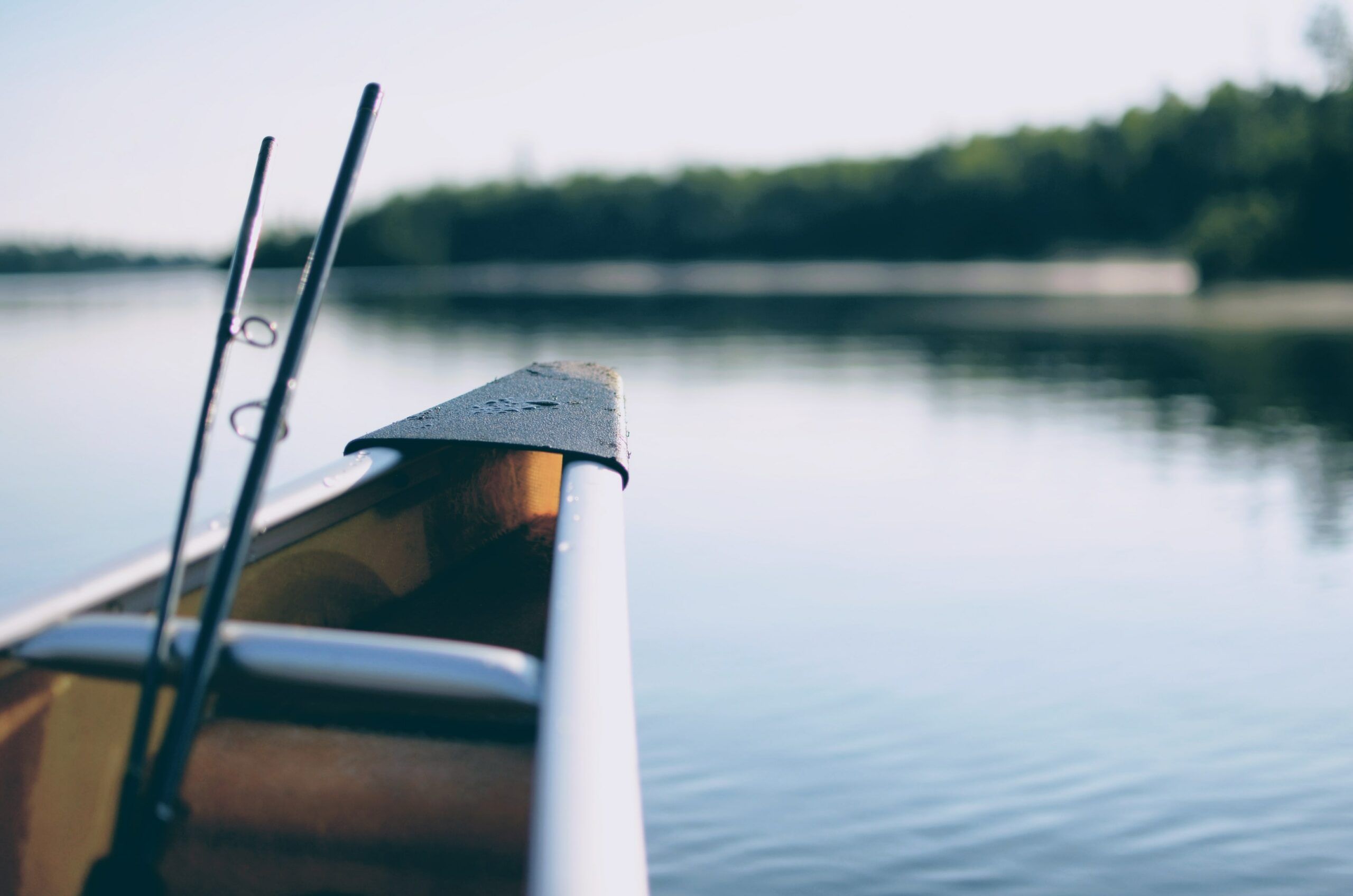
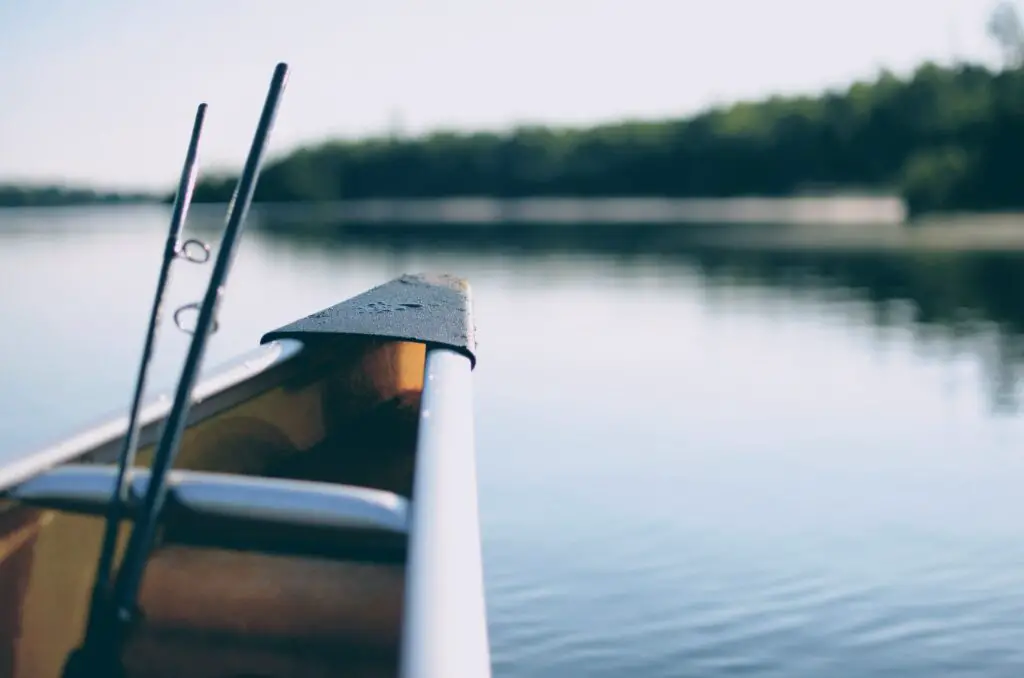
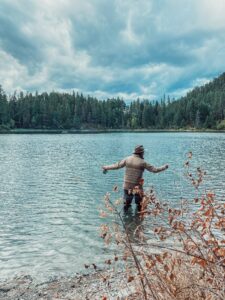 Before you can catch more trout in lakes, you need to understand their behavior. Trout are cold-water fish that prefer to stay in water temperatures between 50 and 60 degrees Fahrenheit. They also tend to stay in deeper waters during the warmer months and move to shallower waters in the cooler months. Knowing these behaviors can help you determine the best time of day, season, and weather for lake trout fishing.
Before you can catch more trout in lakes, you need to understand their behavior. Trout are cold-water fish that prefer to stay in water temperatures between 50 and 60 degrees Fahrenheit. They also tend to stay in deeper waters during the warmer months and move to shallower waters in the cooler months. Knowing these behaviors can help you determine the best time of day, season, and weather for lake trout fishing.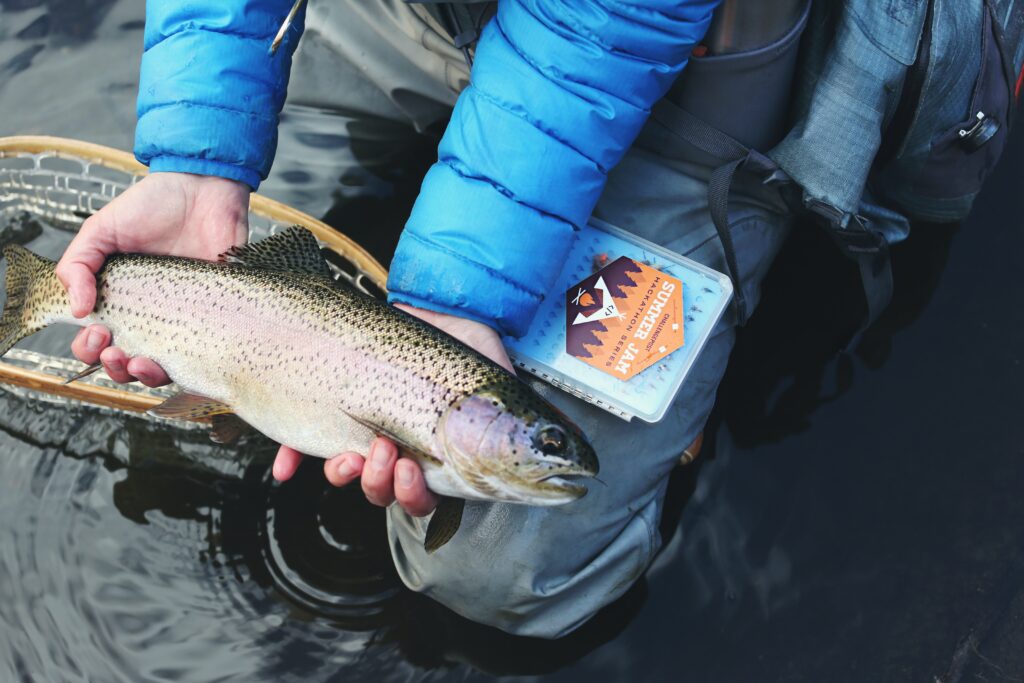
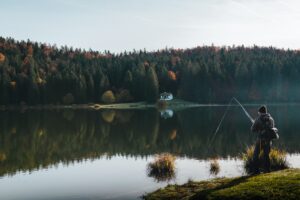 Respect catch limits: Make sure you know the catch limits for the lake you’re fishing in and stick to them. Overfishing can harm fish populations and reduce the quality of the fishery.
Respect catch limits: Make sure you know the catch limits for the lake you’re fishing in and stick to them. Overfishing can harm fish populations and reduce the quality of the fishery.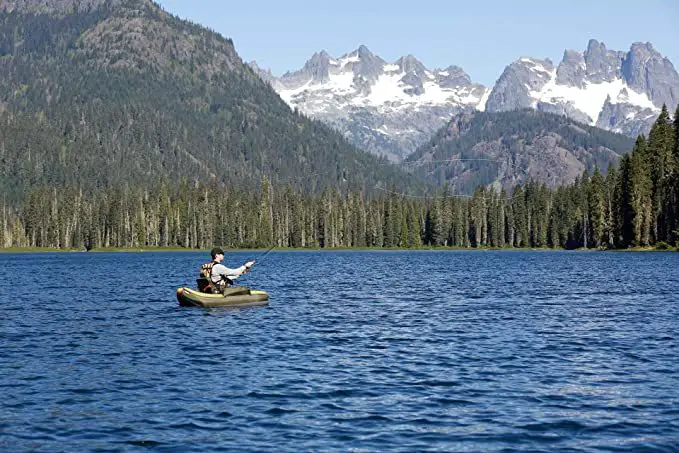
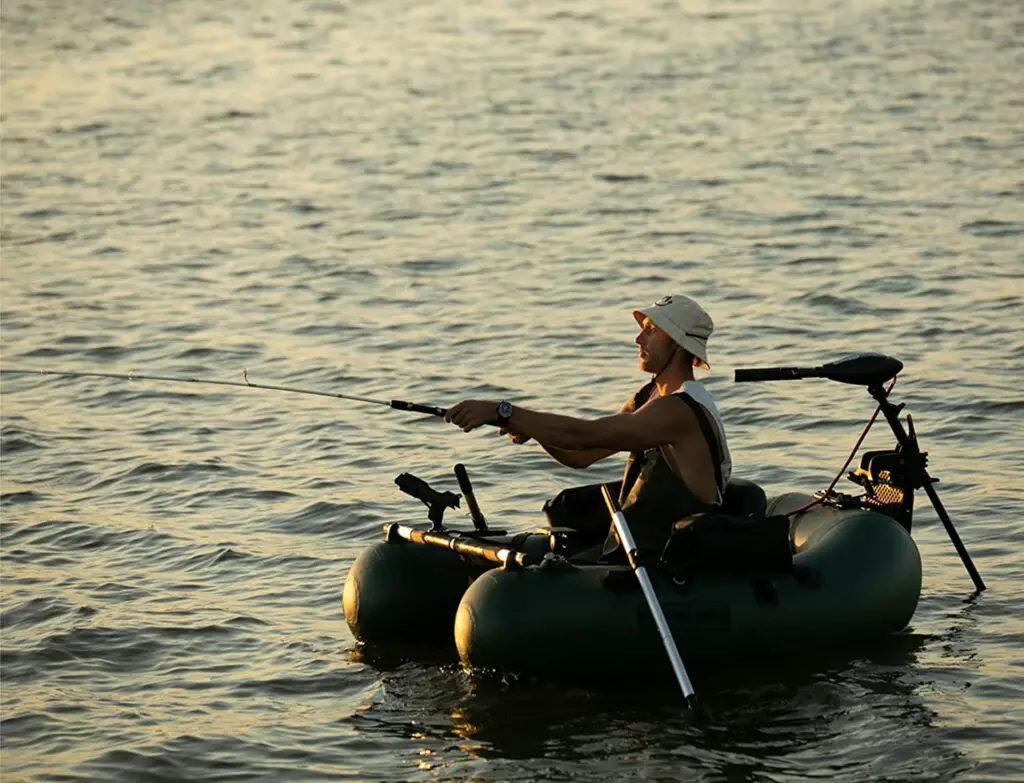
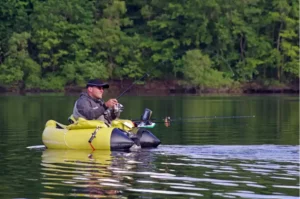 Belly boat fishing, also known as float tube fishing, is a type of fishing that involves using a small, inflatable watercraft to float on the surface of a body of water while fishing. Belly boats are typically made of durable materials like PVC, nylon, or rubber and are designed to be lightweight and easy to maneuver.
Belly boat fishing, also known as float tube fishing, is a type of fishing that involves using a small, inflatable watercraft to float on the surface of a body of water while fishing. Belly boats are typically made of durable materials like PVC, nylon, or rubber and are designed to be lightweight and easy to maneuver.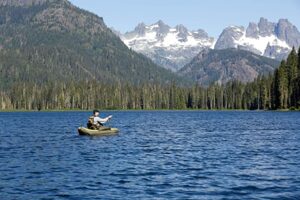 Belly boat fishing is a versatile technique that can be used to catch a wide variety of fish species. Here are a few of the most common fish species to target:
Belly boat fishing is a versatile technique that can be used to catch a wide variety of fish species. Here are a few of the most common fish species to target: